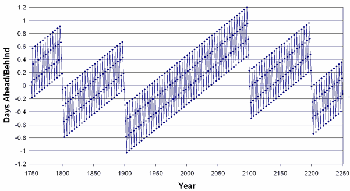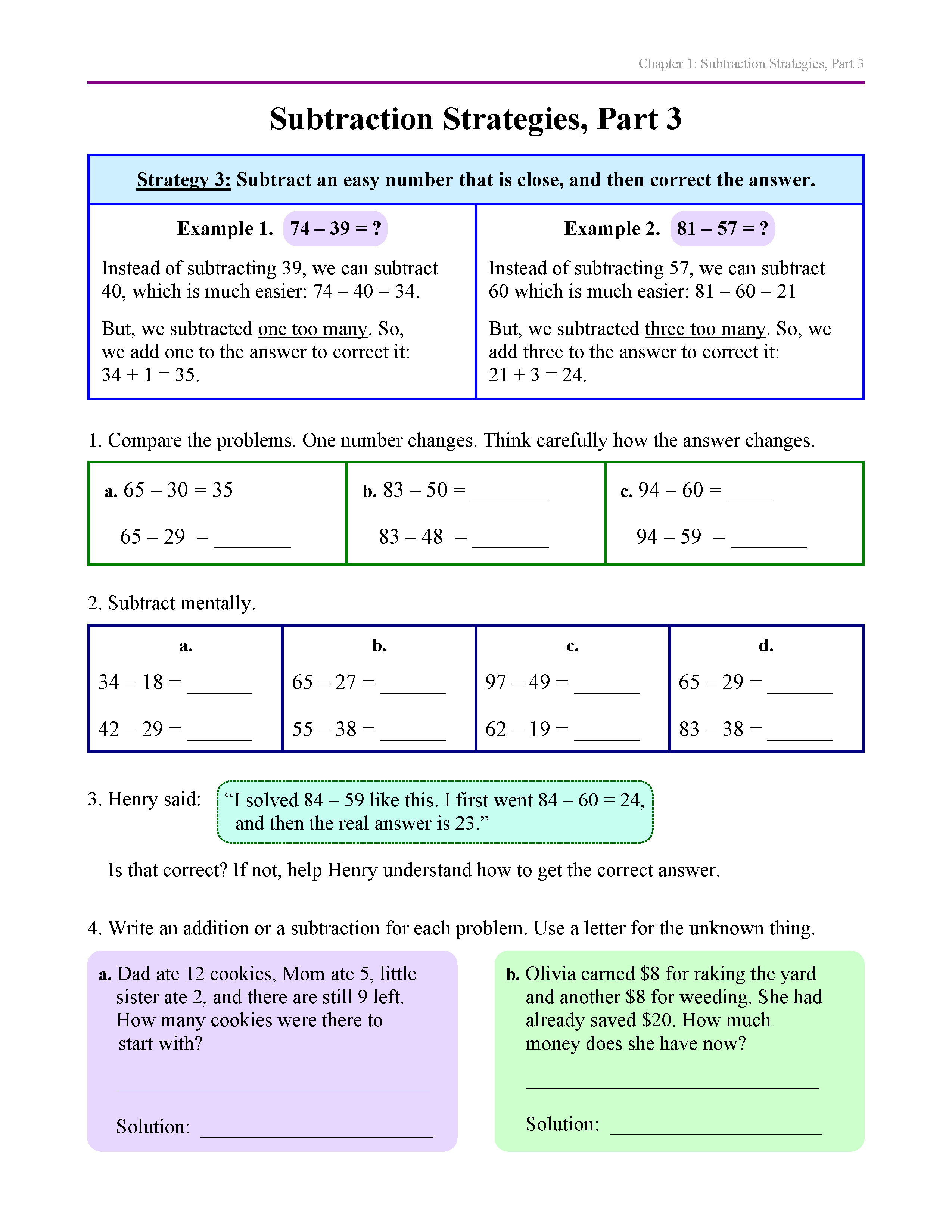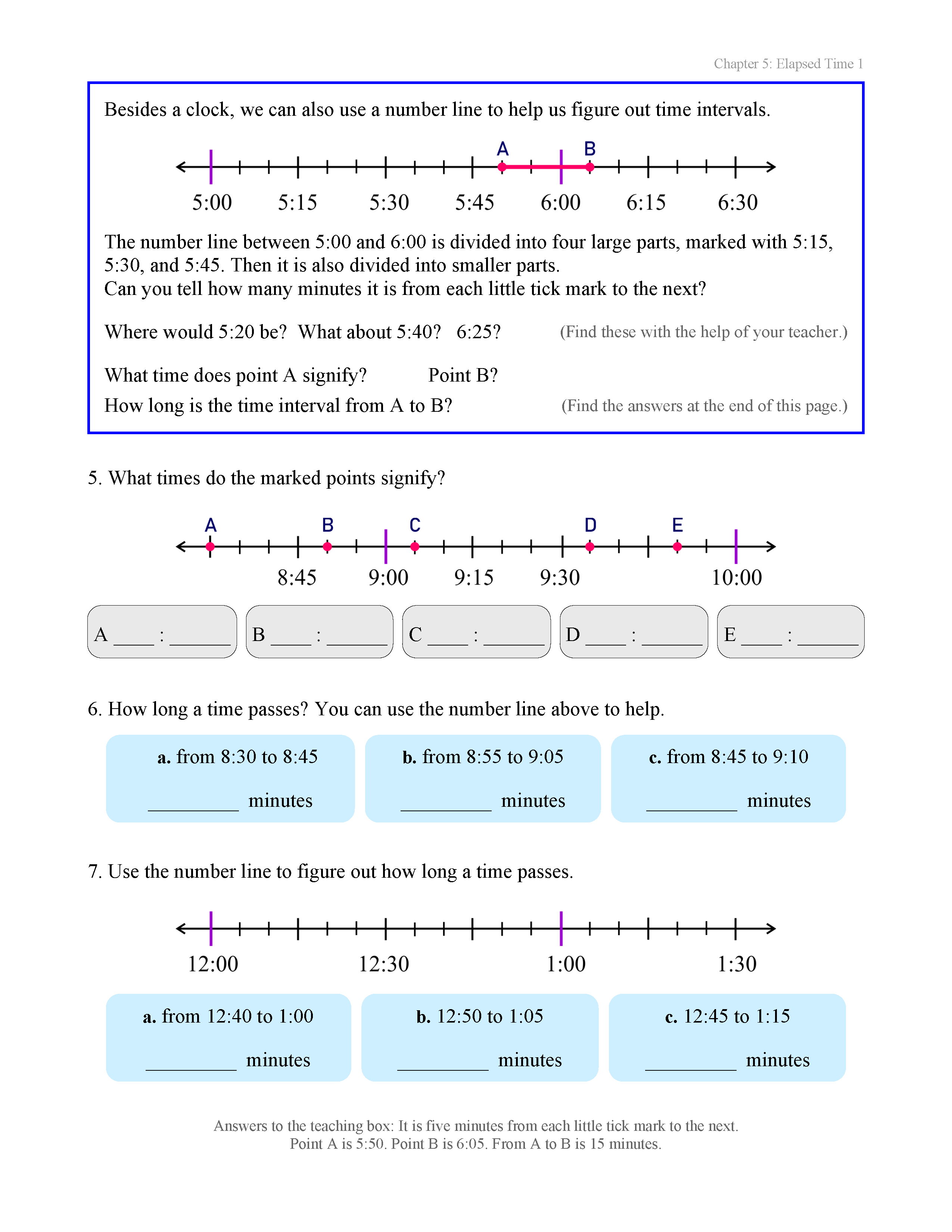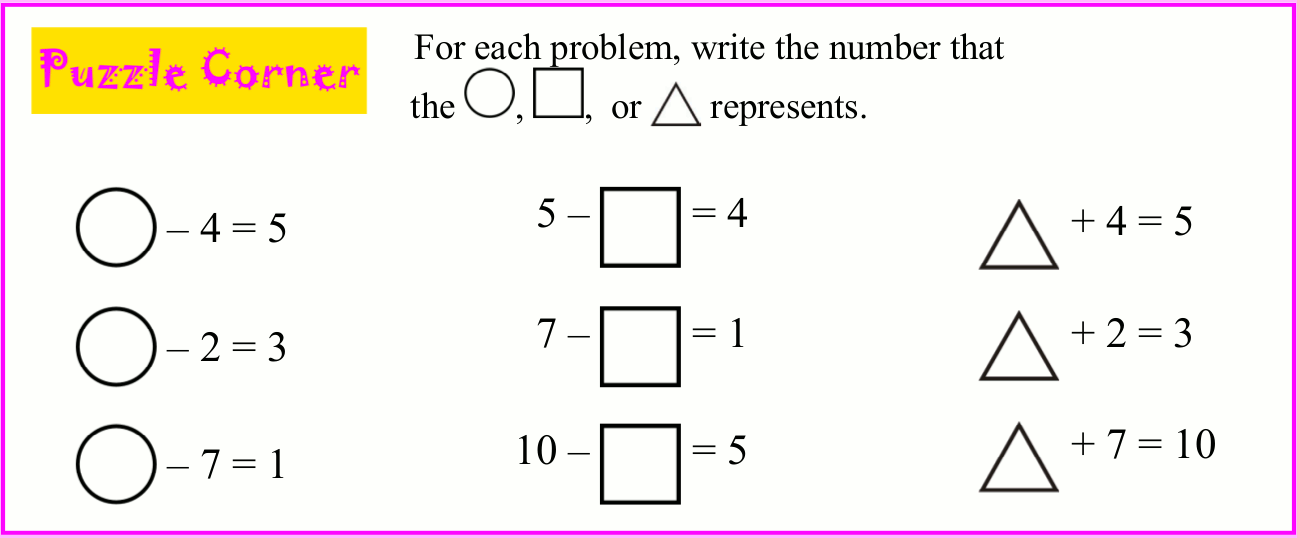
Hello again!!! |
2. Leap day and other calendar odditiesThis year is a leap year, so, February 29 will be a LEAP DAY — an extra day added to our calendar every four years (well... almost every four years).It is a nice opportunity to talk to children about this peculiar day, why it exists, and the math behind it.  Maths Is Fun website has a simple explanation and an interesting graphic worth peeking at concerning leap years:
Maths Is Fun website has a simple explanation and an interesting graphic worth peeking at concerning leap years:
=> Leap Years at Maths Is Fun And if you'd like to learn more about various calendar oddities, check out: Leap Year and Other Calendar Oddities For example, did you know some people have proposed calendar reforms that would employ a 364-day year? 😃 |
3. Principle 4: Living and Loving MathContinuing our series... this is the last piece, featuring one more habit or basic principle of effective math teaching. 😃 You are the teacher. You show the way — also with your attitudes, your way of life.
You are the teacher. You show the way — also with your attitudes, your way of life.
Do you use math often in your daily life? Is using mathematical reasoning, numbers, measurements, etc. a natural thing to you every day? And then: do you like math? Love it? Are you happy to teach it? Enthusiastic? Both of these tend to show up in how you teach, but especially so in a homeschooling enviroment, because at home you're teaching your kids a way of life, and whether math is a natural part of it or not. Math should not be a drudgery, nor something just confined to math lessons! It is said to be the "science of patterns". Just think how MUCH that definition actually includes! Some ideas: 
|
4. Puzzle Corner was too easy!One of my customers mentioned that this particular puzzle corner from Math Mammoth Grade 1-A was too easy for her son:I admit, it's kind of easy. But, like I told her, I'm sure some children enjoy having an easier puzzle corner in between the others because several people have mentioned they are challenging to their children. But, you can make it to be more challenging very easily: simply add a number to each equation... and possibly also make (some of) the numbers bigger. For example:
And similarly the others. He can even enjoy the challenge of changing the problems himself... and then solving them! |
5. Just for fun!
Thanks for reading! 🙂 Feel free to forward this issue to a friend/colleague! Subscribe here. Till next time, Maria Miller |





